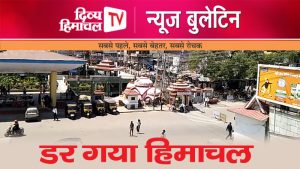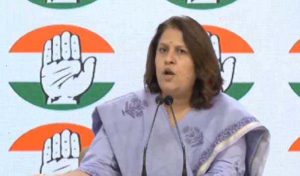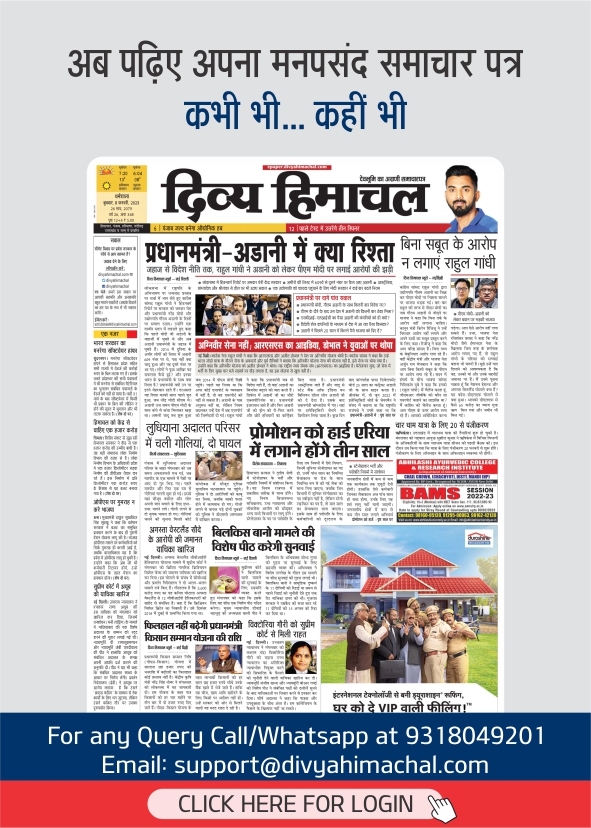Urbanisation Leads to Water Scarcity In Himachal
Y.S. Rana
The writer is a Hamirpur based Himachali settled in Chandigarh

At present, the question is not of decline in ground water level only but also the worsening of water quality. It also hits the hotel industry hard in the state. The trend was observed in recent years and it puts a question mark about availability of potable drinking water in future. Residents of Solan while talking to Himachal This Week said that what to talk of bathing, they were purchasing water for cooking meals. “Water from other sources is not of good quality,” said Y.P. Aggarwal, a Solan resident. Urbanisation of the state led to scarcity of water especially during summer to meet demand, said Ritesh Arya, a renowned geologist of Kasauli. He further said that Sirmour experienced worst shortage of water (29.20%) followed by Bilaspur (27.3%) and Shimla (16%) during summer. “Tap water supply to towns creates water famine in villages too. And over the past 10 years, towns dependence on water has increased by over 100%,” says he. He feels that even office or commercial complexes coming up in and around satellite towns are not adhering to the norms of planning.
“High concentration of fluoride in ground water beyond permissible limit of 1.5 mg/1 is a major health concern for the state government. Nearly 80% of rural population of Himachal Pradesh uses ground water for drinking and a major health hazard amoung rural population,” states the report. It is also admitted that water in many parts of Himachal Pradesh and Punjab has high concentration of nitrate (more than 45 mg/1). As per field-based survey of National Academy of Agricultural Sciences (NAAS) due to over exploitation of ground water in Punjab and Haryana has caused substantial decline in its water level. It states that water level in 82% area of Punjab and 63% of Haryana has decreased substantially.
Man-made activities are the main source of occurrence of nitrate in ground water. It was also observed that 11 districts of Haryana and nine districts of Punjab have occurrence of fluoride in ground water. The report has not only raised concern of depletion of water level but also noted changes in ground water quality. It observes prevalence of inland salinity; fluoride and nitrate in water more than permissible limits not only in Himachal Pradesh but also in Punjab and Haryana.
The Central Ground Water Board (CGWB) has also assessed the rise and fall in water level with long term average. It shows that 46% wells analysed have recorded fall in water level whereas 54% recorded rise in water level. Data from the CGWB network are essential for water resources assessment and management, said the official of board and added this scenerio would not remain for long. The sale and purchase of land and property will continue unabated realty sector really blossom. But putting a strain on limited resources and damage to environment of the state, end result will be disastrous for Himachal Pradesh.
Eight Water Bodies Dried Up
According to the Third Minor Irrigation Census conducted by the Ministry of Water Resources, there are 43 water bodies in Himachal Pradesh and of these eight have dried up. Once Himachal Pradesh known for its abundance of water availibility has now observed depletion in the water level and in its quality. The report also stated that the depth of water level varies from 0.60 m bgl (below ground level) in Mandi district to 27.84 m bgl in Sirmour district. Almost 42% of the wells analysed in the state show water level of less than five metre bgl mostly occurring in Balh valley of Mandi district, parts of Kangra, Una and Sirmaur districts including other localized areas such as Solan, Kasauli, Dharmpur, Nalagarh, Baddi belt.
Increasing Urban Population
In 1901, Himachal had 4.2% urban population and had 21 towns. Of these 15 were Class IV towns. Now the state has 56 towns with Shimla having the maximum inhabitants of over 1.5 lakh followed by Solan with over 70,000 inhabitants. In the last decade, the urban population of the state recorded an increase of 10%.
Himachal-o-Meter
The state’s ups and downs this week
Three New Paragliding Sites in Kullu
Kullu: Himachal government, in order to promote adventure tourism in Kullu valley, has approved three more sites in the district to conduct tandem paragliding. Tourists were already enjoying the adventure sport in Solang and Marhi. Kullu Deputy Commissioner Dr. Yunus stated this during a meeting of the district-level regulatory committees for paragliding and river rafting. He said the Tourism and Civil Aviation Commissioner had given a green signal to the three new paragliding sites only after the recommendations of the technical committee. It was constituted under the chairmanship of Captain Randhir Singh Salhuria, director of Atal Bihari Vajpayee Institute of Mountaineering and Allied Sports, Manali. The Deputy Commissioner said the new sites for tandem flights were approved near Buruwa village in Manali subdivision, Falayn village in Mangalgarh panchayat in Kullu subdivision and Taleti village in Kharal valley. The landing spots for these sites would be near Shanag village, Dhobi village and Talogi village, respectively. New rates for paragliding were also decided in the meeting. Rates were fixed at Rs 3,200 for Solang, Buruwa and Falayn, Rs 2,800 for Taleti and Rs 1,300 for Marhi.
Punjabi Teachers Sans Salary
Nurpur: Punjabi language teachers appointed in government schools in Kangra district are a harried lot as they have not received salaries for the past nine months. The state government had hired these teachers in 2010 for teaching Punjabi language in selected government schools located in border areas of the state where students opted for Punjabi language. In Kangra district, 18 Punjabi language teachers are teaching in government schools. They have been waiting for their salaries since July last year. These teachers have also approached the authorities in Education Department several times but to no use. Language teachers Gurpreet Kaur, Babita, Anu and Simple, who have been serving in border areas of Nurpur, Fatehpur and Jawali, lamented that the department was allocating budget regularly to all categories of employees and their counterparts serving in other districts of the state. Only Kangra district had been neglected since July last year, they added. Punjabi teachers have also been told to clear Teacher Aptitude Test (TAT) by the state government.
Keep watching our YouTube Channel ‘Divya Himachal TV’. Also, Download our Android App













